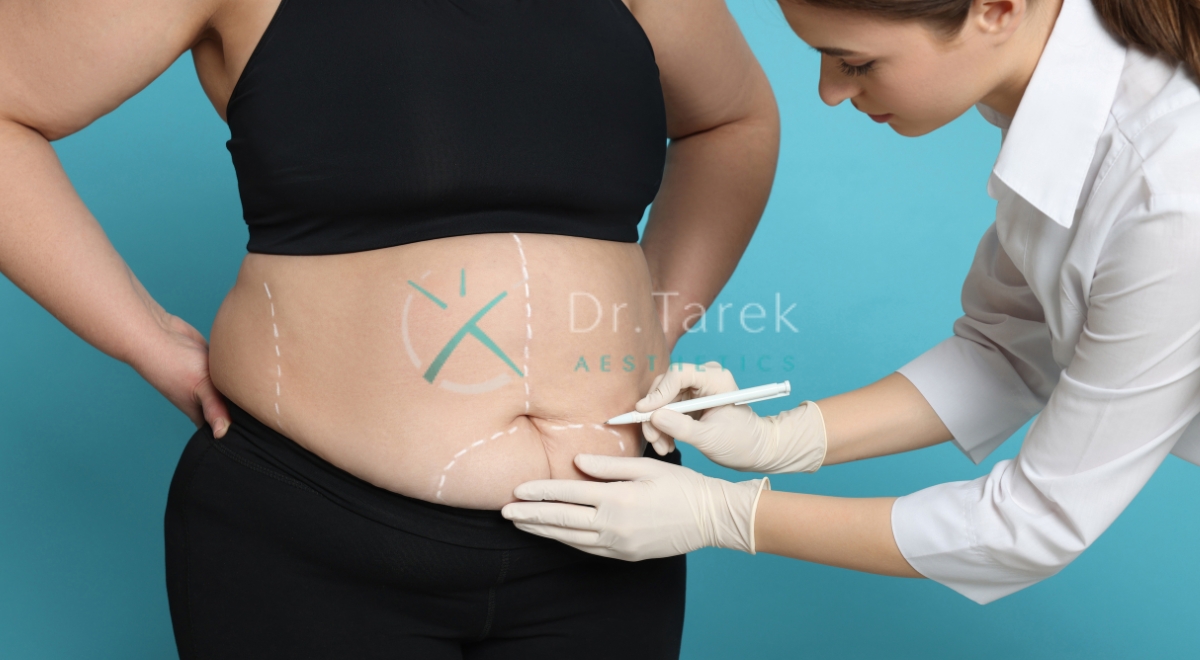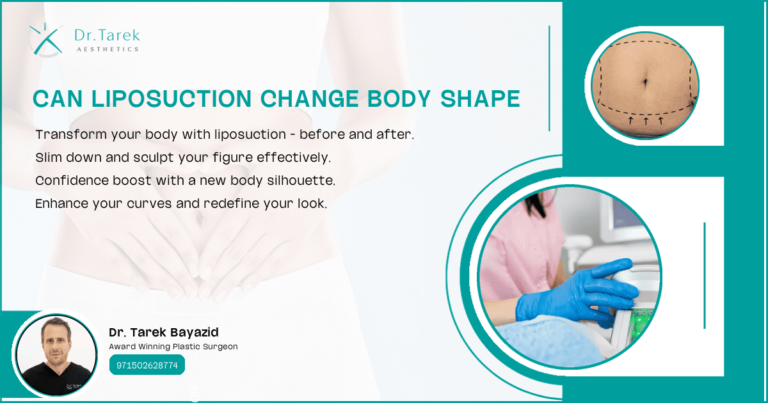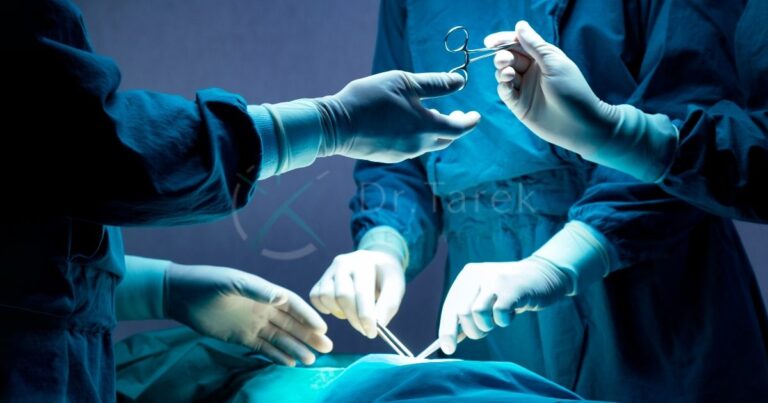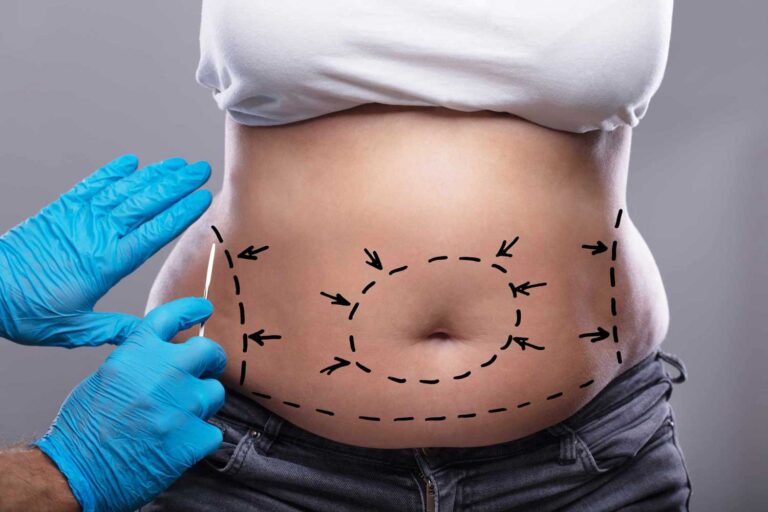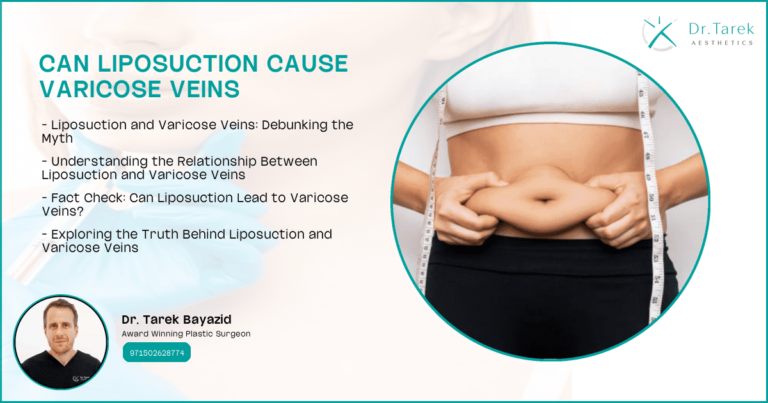Liposuction is a popular cosmetic procedure that helps remove stubborn fat deposits from various areas of the body. If you’re wondering where you can get liposuction, you’re not alone. Many people are curious about this transformative procedure and where they can undergo it safely and effectively.
Popular Areas for Liposuction
Liposuction can be performed on various parts of the body where excess fat tends to accumulate. Here are some of the most common areas where people choose to get liposuction:
Love Handles
Love handles, also known as flanks, are a common problem area for many individuals. Liposuction can effectively remove excess fat from this region, creating a smoother and more contoured waistline.
Hips
Excess fat on the hips can create an unbalanced silhouette. Liposuction in this area can help achieve a more proportionate figure and enhance overall body shape.
Upper Arms
Upper arm fat, often referred to as “bat wings,” can be particularly resistant to diet and exercise. Liposuction can help sculpt the arms, resulting in a more toned and youthful appearance.
Book A Consultation With Dr Tarek Bayazid
Top-rated Plastic Surgeon For Liposuction in Dubai
Installment Plan Available
Abdomen
The abdomen is one of the most popular areas for liposuction. This procedure can help flatten the stomach and create a more defined waistline.
Thighs
Both inner and outer thighs can benefit from liposuction, helping to slim and contour the legs for a more balanced lower body appearance.
Under Chin
Submental liposuction, or liposuction under the chin, can help reduce the appearance of a double chin and create a more defined jawline.
- Common liposuction areas:
- Love handles
- Hips
- Upper arms
- Abdomen
- Thighs
- Under chin
Who is a Good Candidate for Liposuction?
Not everyone is an ideal candidate for liposuction. To determine if you’re suitable for the procedure, consider the following factors:
Ideal Body Weight
The best candidates for liposuction are typically within 30% of their ideal body weight. It’s important to note that liposuction is not a weight loss solution but rather a body contouring procedure.
Good Skin Elasticity
Candidates with good skin elasticity are more likely to achieve optimal results. Elastic skin can better conform to new body contours after fat removal.
Non-Smokers
Non-smokers generally have better healing capabilities and are at lower risk for complications during and after the procedure.
Realistic Expectations
Having realistic expectations about the outcomes of liposuction is crucial. Understanding what the procedure can and cannot achieve is essential for patient satisfaction.
- Ideal liposuction candidate characteristics:
- Within 30% of ideal body weight
- Good skin elasticity
- Non-smoker
- Realistic expectations
Why Choose a Board-Certified Plastic Surgeon for Liposuction 
When considering where to get liposuction, it’s crucial to choose a board-certified plastic surgeon. This decision can significantly impact the safety and success of your procedure.
Dubai Cosmetic Surgery offers advanced beauty treatments for people who want to change their looks
many people travel to Dubai Cosmetic Surgery clinics for high-quality procedures and skilled doctors
Importance of Board Certification
Board certification is a key indicator of a surgeon’s expertise and commitment to patient safety. Here’s why it matters:
Ensures Proper Training
Board-certified plastic surgeons have undergone rigorous training and education in plastic surgery procedures, including liposuction. This extensive training ensures they have the necessary skills to perform the procedure safely and effectively.
Guarantees Safety Standards
Board certification requires surgeons to adhere to strict safety standards and ethical guidelines. This commitment to safety helps minimize the risk of complications during and after the procedure.
Provides Better Results
The expertise and experience of board-certified plastic surgeons often translate to superior aesthetic outcomes. Their in-depth understanding of body proportions and fat distribution allows them to achieve more natural-looking results.
How to Find a Board-Certified Plastic Surgeon
Finding a qualified surgeon for your liposuction procedure is crucial. Here are some steps to help you in your search:
Check Credentials
Verify the surgeon’s board certification through reputable organizations such as the American Board of Plastic Surgery. Dr. Tarek, for instance, is a board-certified plastic surgeon with extensive experience in liposuction procedures.
Read Reviews
Look for patient reviews and testimonials to get an idea of other people’s experiences with the surgeon. This can provide valuable insights into the surgeon’s skill and patient care.
Schedule Consultations
Meet with several board-certified plastic surgeons to discuss your goals and concerns. This will help you find a surgeon who understands your needs and makes you feel comfortable.
- Steps to find a board-certified plastic surgeon:
- Verify credentials
- Read patient reviews
- Schedule consultations with multiple surgeons
- Ask about their experience with liposuction
- Discuss your goals and expectations
Liposuction Procedure Details
Understanding the liposuction procedure can help you make an informed decision about where to get liposuction and what to expect.
Types of Liposuction Surgeries
There are several types of liposuction techniques available. Your surgeon will recommend the most appropriate method based on your individual needs and goals.
Tumescent Liposuction
This is the most common type of liposuction. It involves injecting a saline solution containing lidocaine and epinephrine into the treatment area before fat removal, which helps minimize bleeding and discomfort.
Suction-Assisted Liposuction
This traditional method uses a cannula connected to a vacuum device to suction out fat cells. It’s often used in conjunction with the tumescent technique.
Ultrasound-Assisted Liposuction
This technique uses ultrasonic energy to liquefy fat cells before they are removed, making the extraction process easier and potentially less traumatic to surrounding tissues.
Laser-Assisted Liposuction
Laser-assisted liposuction uses laser energy to break down fat cells before removal. This method may also stimulate collagen production, potentially improving skin tightness.
What to Expect Before, During, and After the Procedure
Understanding the liposuction process can help you prepare and know what to expect at each stage.
Pre-Procedure Preparations
Before your liposuction procedure, you’ll need to:
- Undergo a medical evaluation
- Stop smoking and certain medications
- Arrange for someone to drive you home after the procedure
Step-by-Step Procedure Overview
The liposuction procedure typically involves:
- Administration of anesthesia
- Injection of tumescent solution (if using tumescent technique)
- Small incisions made in the treatment area
- Insertion of the cannula to break up and remove fat cells
- Closing of incisions
Post-Procedure Care and Recovery
After the procedure, you can expect:
- Some swelling and bruising
- To wear compression garments for several weeks
- To gradually return to normal activities over 1-2 weeks
- Liposuction procedure stages:
- Pre-procedure preparations
- Step-by-step procedure
- Post-procedure care and recovery
Recovery and Results 
Understanding the recovery process and when to expect results is crucial when considering where to get liposuction.
Recovery Time for Liposuction
The recovery time for liposuction can vary depending on the extent of the procedure and individual healing factors.
Initial Recovery Period
Most patients can return to work within a few days to a week after the procedure. However, you’ll need to avoid strenuous activities for several weeks.
Long-Term Recovery Tips
To ensure optimal healing and results:
- Wear compression garments as directed
- Follow your surgeon’s post-operative instructions carefully
- Maintain a healthy diet and exercise routine
When Will You See the Results?
While some changes are visible immediately after the procedure, it takes time to see the full results of liposuction.
Immediate Changes
You may notice a difference in your body contour right after the procedure, although swelling will obscure some of the results.
Final Results Timeline
Most patients see significant improvement within 1-3 months, with final results becoming apparent after 6 months to a year as swelling fully subsides and the skin adapts to the new contours.
- Recovery timeline:
- 1-2 weeks: Return to work and light activities
- 4-6 weeks: Resume more strenuous activities
- 3-6 months: Majority of swelling subsides
- 6-12 months: Final results become apparent
Frequently Asked Questions
Where Can I Get Liposuction, Where Can You Get Liposuction?
Liposuction can be performed at accredited surgical centers, hospitals, or specialized cosmetic surgery clinics. The key is to choose a facility that is properly equipped and staffed for the procedure. It’s crucial to select a board-certified plastic surgeon who operates in a certified facility to ensure your safety and the best possible results.
What are the most common areas for liposuction?
The most common areas for liposuction include the abdomen, thighs, hips, and love handles. These areas tend to accumulate stubborn fat that’s resistant to diet and exercise. However, liposuction can be performed on various body parts, including the arms, back, and under the chin, depending on individual needs and goals.
Can liposuction be performed on multiple areas at once?
Yes, liposuction can often be performed on multiple areas during a single procedure. This approach, known as combination liposuction, can provide more comprehensive body contouring results. However, the number of areas that can be treated in one session depends on factors such as the amount of fat to be removed and the patient’s overall health.
Is Liposuction Permanent?
Liposuction results can be long-lasting, but they are not necessarily permanent. The fat cells removed during liposuction do not regenerate. However, remaining fat cells can still expand if you gain weight. Maintaining a stable weight through a healthy lifestyle is crucial for preserving your liposuction results long-term.
How long do the results last?
With proper diet and exercise, liposuction results can last for many years. The longevity of results largely depends on your lifestyle choices after the procedure. Maintaining a stable weight is key to enjoying long-lasting benefits from your liposuction surgery.
What can affect the longevity of liposuction results?
Several factors can impact the longevity of liposuction results, including significant weight gain, pregnancy, and aging. These factors can lead to changes in fat distribution and skin elasticity, potentially affecting the contours achieved through liposuction. Consistent exercise and a balanced diet are essential for maintaining your results.
What is the Difference Between Liposuction and a Tummy Tuck?
Liposuction and tummy tucks (abdominoplasty) are different procedures with distinct purposes. Liposuction focuses on removing excess fat deposits to contour the body. A tummy tuck, on the other hand, removes excess skin and tightens abdominal muscles, often addressing issues like loose skin after significant weight loss or pregnancy.
Key Differences
The main differences lie in the target issues and the extent of the surgery. Liposuction is less invasive and primarily targets fat, while a tummy tuck is more extensive, addressing skin laxity and muscle separation. Recovery time and scarring also differ significantly between the two procedures.
When to Choose One Over the Other
The choice between liposuction and a tummy tuck depends on your specific concerns. If excess fat is your primary issue and you have good skin elasticity, liposuction might be the better option. If you have loose skin or separated abdominal muscles, a tummy tuck may be more appropriate. In some cases, a combination of both procedures might be recommended for optimal results.
How Much Weight Can You Lose with Liposuction?
Liposuction is not primarily a weight loss procedure. It’s designed for body contouring rather than significant weight reduction. Typically, patients can expect to lose about 2-5 pounds of fat per treated area. The amount of fat that can be safely removed varies depending on the individual’s body composition and the areas being treated.
Average Weight Loss
While the weight loss from liposuction is usually modest, the visual impact can be significant due to improved body contours. It’s important to have realistic expectations and understand that liposuction is most effective for targeting specific areas of stubborn fat rather than overall weight loss.
Factors Influencing Weight Loss
The amount of fat that can be removed safely during liposuction depends on various factors, including the patient’s overall health, body mass index (BMI), and the specific areas being treated. Your surgeon will determine the appropriate amount of fat removal based on these factors to ensure your safety and optimal results.
Are There Non-Invasive Alternatives to Liposuction?
Yes, there are several non-invasive alternatives to traditional liposuction. These procedures aim to reduce fat without surgery, offering options for those who prefer less invasive treatments or are not suitable candidates for surgical liposuction.
Popular Non-Invasive Options
Some popular non-invasive fat reduction treatments include CoolSculpting (cryolipolysis), which freezes fat cells; SculpSure, which uses laser technology to heat and destroy fat cells; and ultrasound-based treatments like UltraShape. These procedures typically require no downtime and can be effective for mild to moderate fat reduction.
Effectiveness Compared to Traditional Liposuction
While non-invasive treatments can provide noticeable fat reduction, they generally cannot match the dramatic results of traditional liposuction. These treatments are best suited for patients with small, localized areas of fat who prefer a non-surgical approach. Multiple sessions are often required to achieve desired results, and the fat reduction is typically more gradual compared to liposuction.
